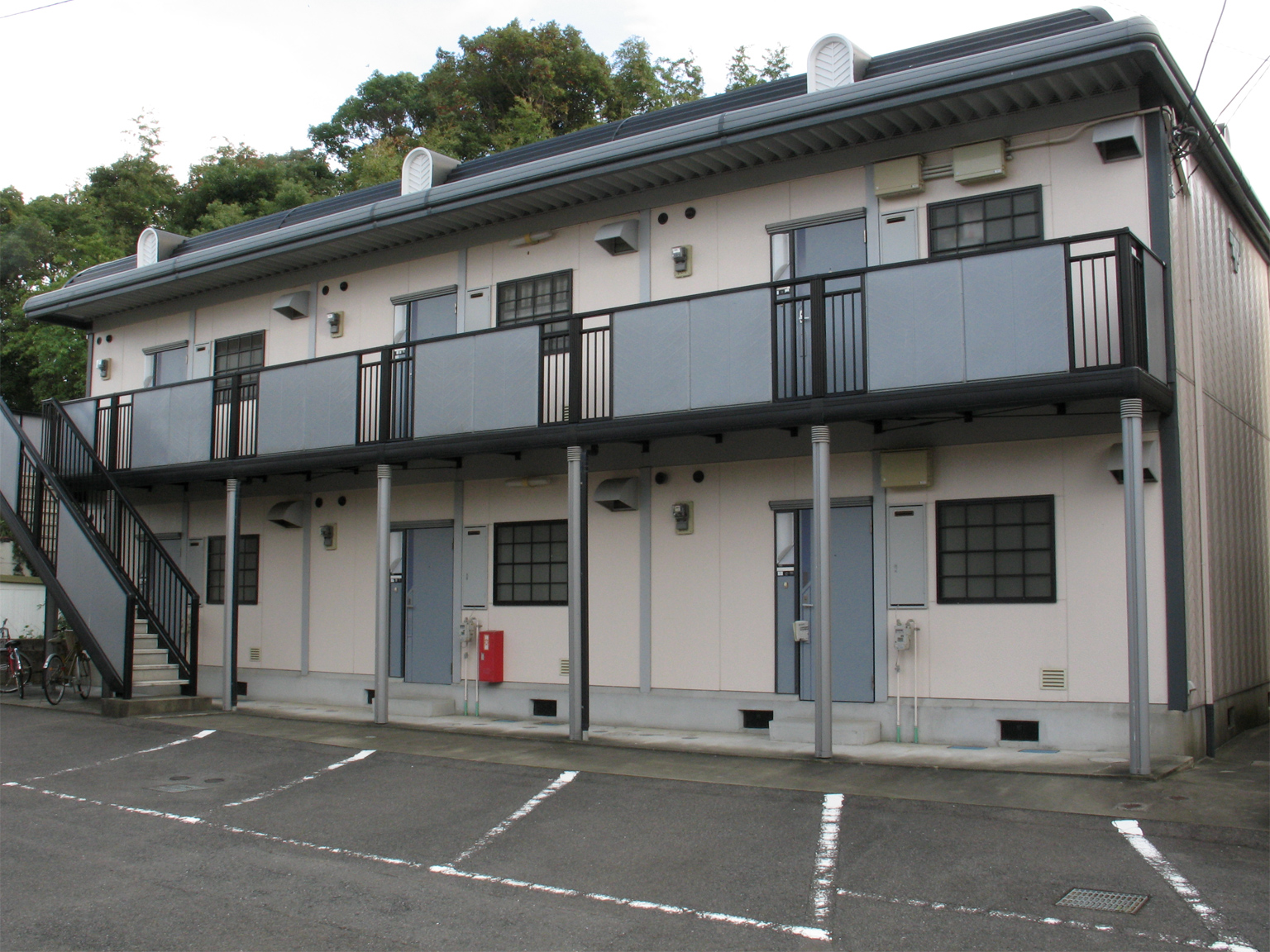So for intoduction, the book we used in class
 |
| marugoto (A1) |
This book is good for beginner. It is colourful in the inside make it's interesting to learn (not boring). This book also using pictures for a better understanding. It is a good way to memorise some words as not all people have good memory when facing a lot of words in book. Practices in this book is using audio. So, we can hear the perfect pronunciation and practise it regularly.
| One of the page in marugoto book. |
In early lesson before using this book, we have a task given by our teacher (sensei). We must memorise hiragana writing so that we can read. A normal phenomena for a complete beginner, we especially me read japanese words very slow. haha. There are 3 types japanese writing. Hiragana, katakana and kanji.
| Katakana table. |
| Hiragana table
After we all have memorise all of the hiragana writing, we have to take a test. Online test. Interesting right?
-End for introduction- |







